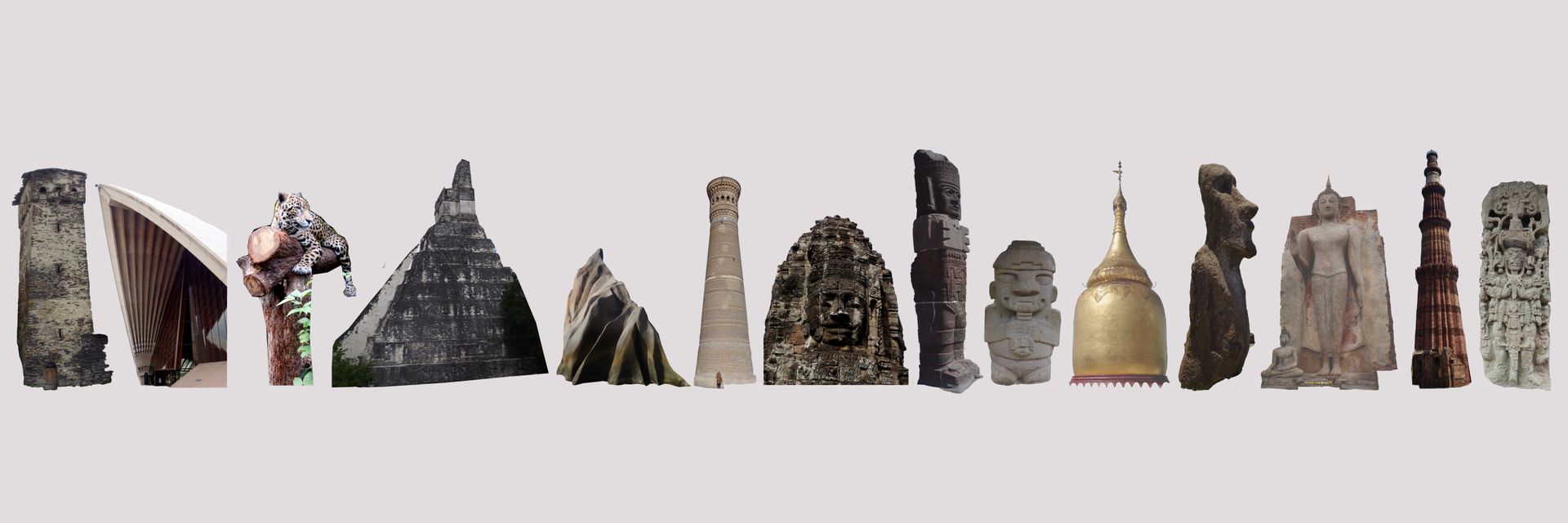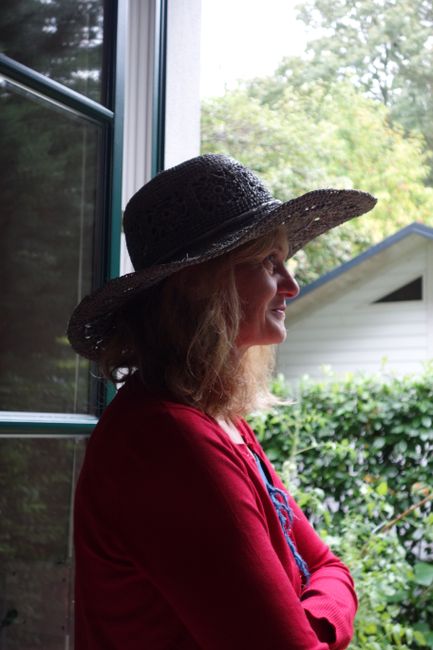150 kilometers to the east, 300 years back: Sambor Prei Kuk
Pubblicato: 28.11.2018
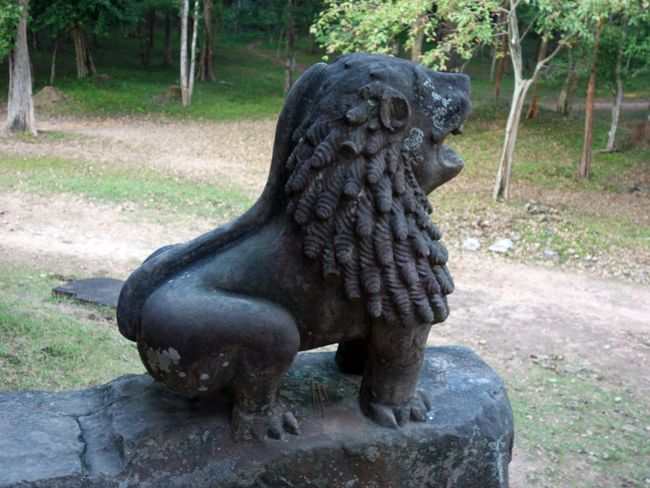
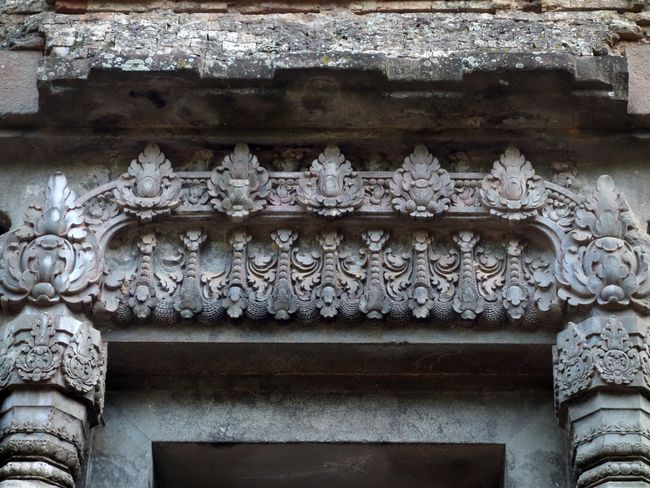
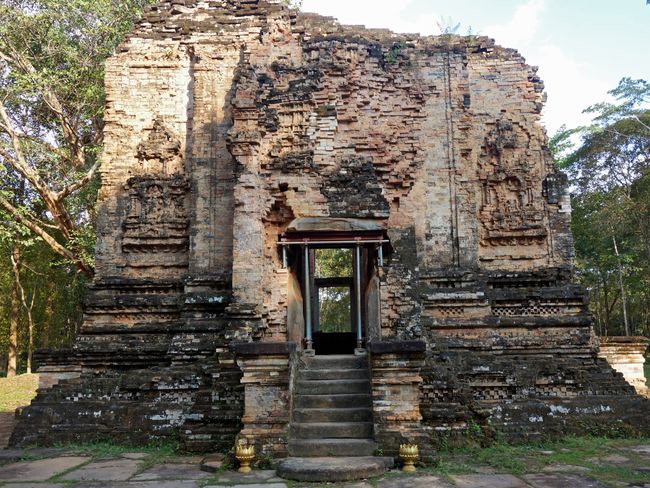
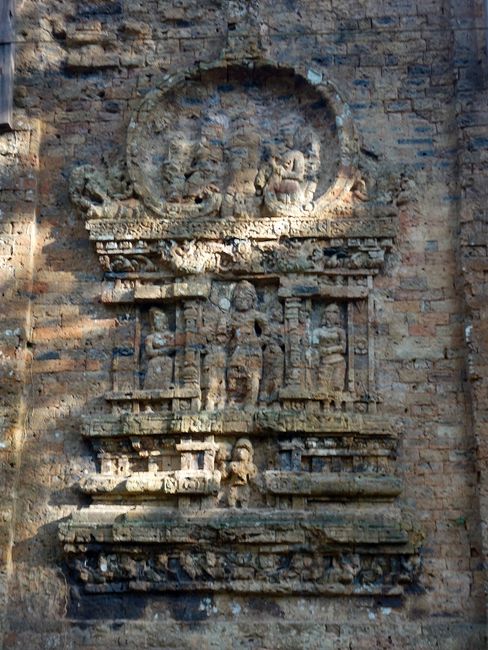
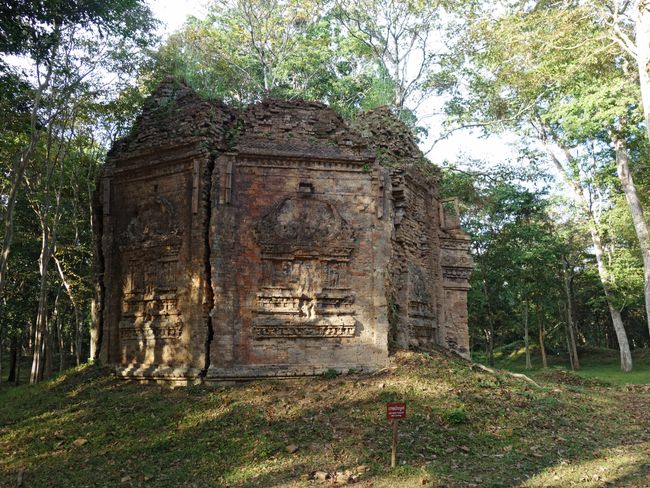
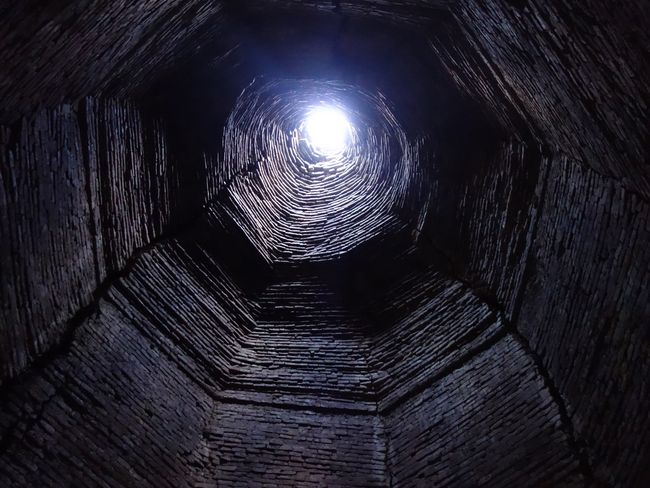
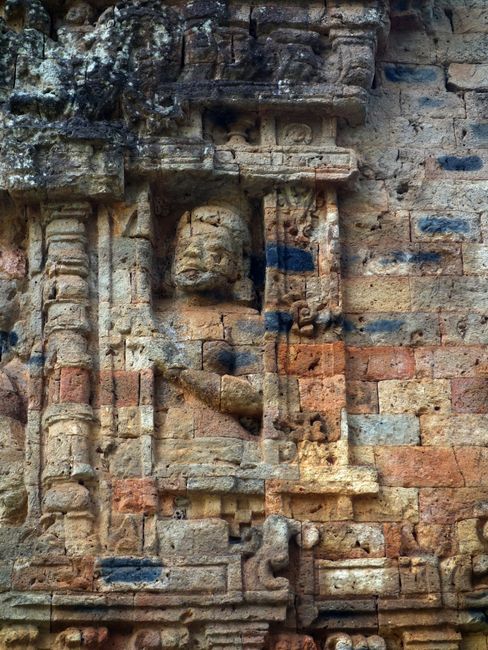
Iscriviti alla Newsletter
We stay in Siem Reap for 13 days, which astonishes all of our conversation partners, whether they are locals or other tourists. The conversations go something like this:
'Why are you staying here for so long?'
'To visit temples.'
'Ah, so you must be visiting one temple per day.'
I have to admit that we don't actually visit temples in Angkor and the immediate surrounding area for all 13 days, but only for 9 1/2 days, including 28 temples (including the largest religious building in the world), as well as a few palaces, city gates, and bridges. One day was dedicated to the Buddhist Water Festival (which can be read about in the last blog post), and we spend 2 1/2 days on extensive excursions by bus or car to visit even more temples, like today in Sambor Prei Kuk.
Sambor Prei Kuk has also been a World Heritage Site for a few years, but the masses from Angkor do not find their way here. The buildings date back to the 7th century, about 300 years older than the oldest ones in Angkor. They are relatively poorly preserved, firstly because of their age, secondly because they are mainly built of bricks (and therefore quite weathered), thirdly because they were bombed by the Americans during the Vietnam War, and fourthly because they were devastated by the Khmer Rouge. Nevertheless, they are worth a visit: they look completely different from anything we have seen of Khmer buildings so far, somehow baroque, albeit in an archaic way. Here, you walk through the jungle from ruin to ruin, but the peace can be deceiving. You shouldn't leave the visible footpaths, as there is still a danger of stepping on the landmines with which one of the most horrible and craziest regimes that ever existed paved the whole country, the Khmer Rouge.
Iscriviti alla Newsletter
Risposta
